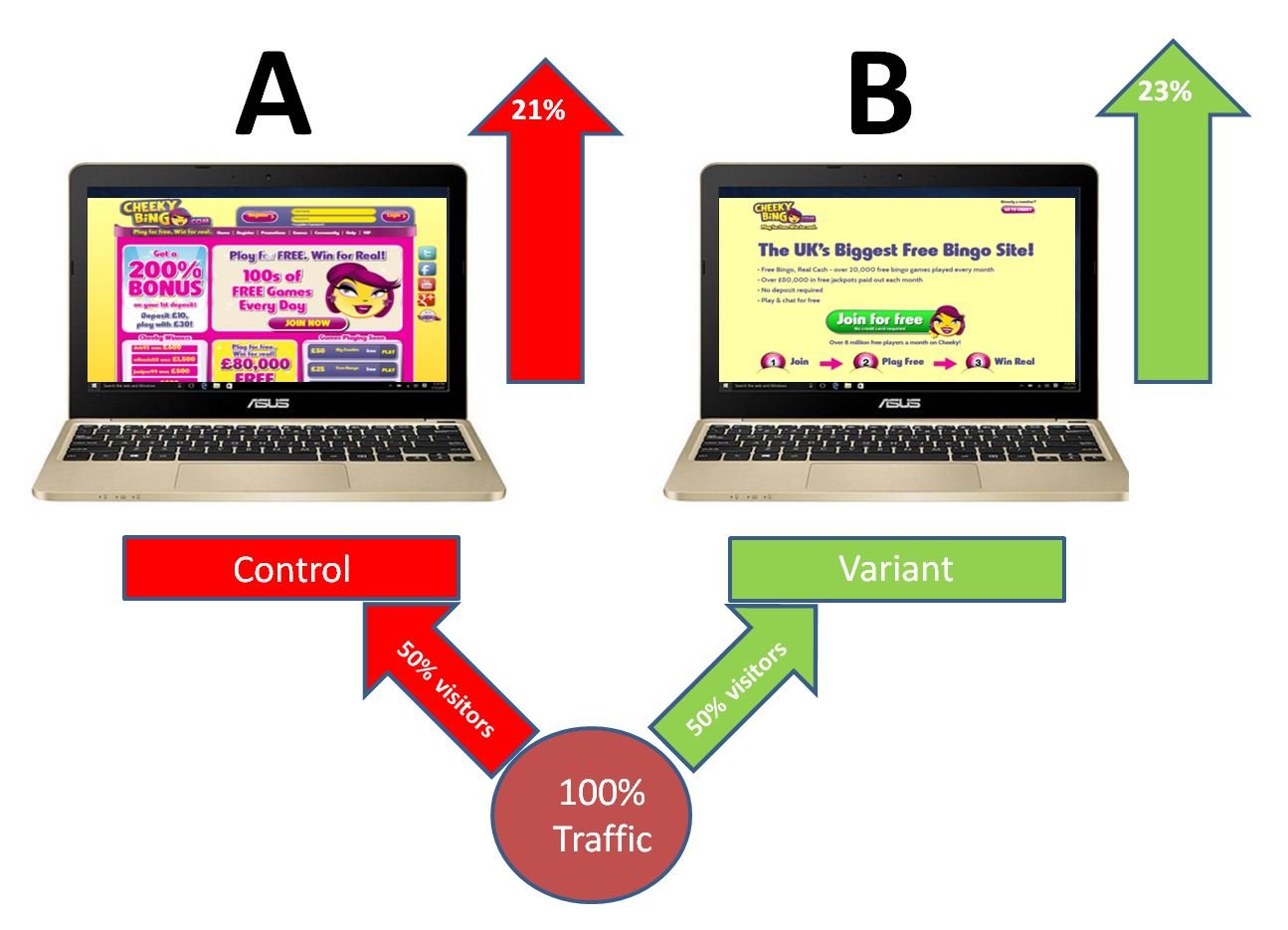
WebPageTest uses packet-level throttling. While this approach can model real network conditions most effectively, it also can introduce more variance than request-level or simulated throttling. Packet-level throttling tools are able to make the most accurate network simulation.Proxy-level throttling tools do not affect UDP data, so they're decent, but not ideal.The multipliers used in Lighthouse attempt to correct for the differences. The TLDR: while it's a decent approximation, it's not a sufficient model of a slow connection. It also has a few more downsides that are summarized in Network Throttling & Chrome - status. As a result, this throttling isn't highly accurate. In real mobile connectivity, latency affects things at the packet level rather than the request level. Request-level throttling, also referred to as Applied throttling in the Audits panel or devtools throttling in Lighthouse configuration, is how throttling is implemented with Chrome DevTools.The TLDR: while it's roughly as accurate or better than DevTools throttling for most sites, it suffers from edge cases and a deep investigation to performance should use Packet-level throttling tools. However, due to the imperfect nature of predicting alternate execution paths, there is inherent inaccuracy that is summarized in this doc: Lighthouse Metric Variability and Accuracy. This approach makes it both very fast and deterministic. Simulated throttling, which Lighthouse uses by default, uses a simulation of a page load, based on the data observed in the initial unthrottled load.Within web performance testing, there are four typical styles of network throttling: This preset is identical to the WebPageTest's "Mobile 3G - Fast" and, due to a lower latency, slightly faster for some pages than the WebPageTest "4G" preset. They represent roughly the bottom 25% of 4G connections and top 25% of 3G connections (in Lighthouse this configuration is currently called "Slow 4G" but used to be labeled as "Fast 3G"). These exact figures are defined in the Lighthouse constants and used as Lighthouse's throttling default. Throughput: 1.6Mbps down / 750 Kbps up.This is the standard recommendation for mobile throttling:

Lighthouse applies network throttling to emulate the ~85th percentile mobile connection speed even when run on much faster fiber connections.


 0 kommentar(er)
0 kommentar(er)
